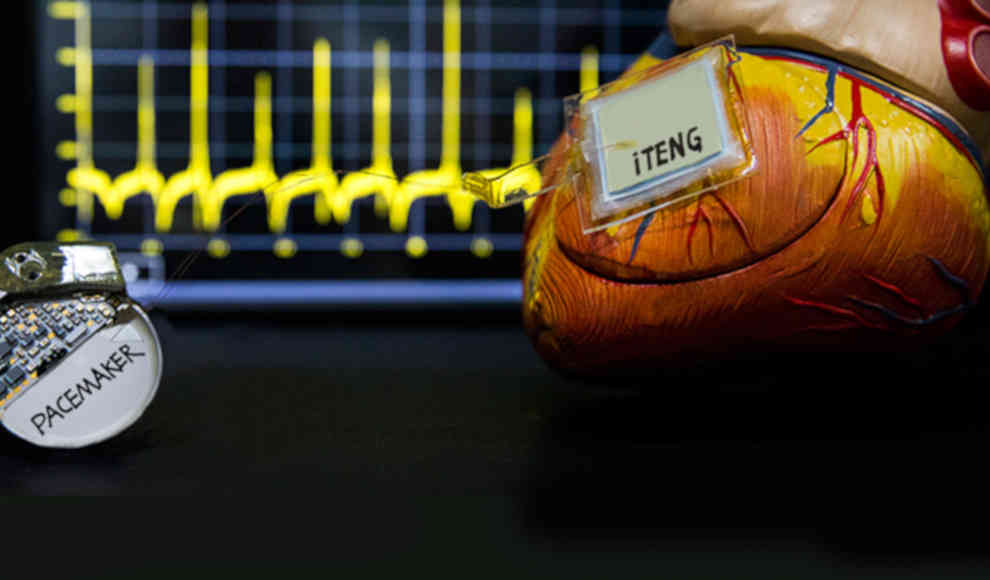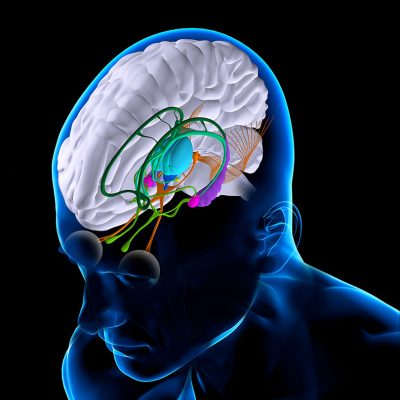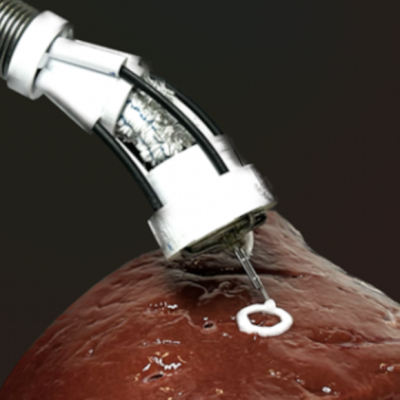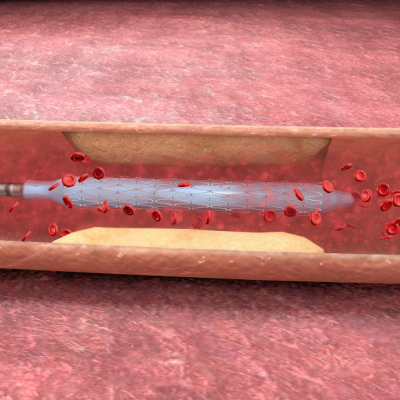Chinese scientists have developed a triboelectric power supply that generates energy for pacemakers from the movement of the heart. Successful animal trials with pigs have been conducted, but the technology needs to be made smaller and more efficient before it can be used in humans. In the future, pacemakers and other implants could be powered without the need for batteries and regular battery replacements. The results of the research were published in the journal Nature by the Institute of Bioenergy and Nanosystems in Beijing.
Currently, all pacemakers available rely on a lithium-iodine or lithium-carbon monofluoride battery, which has an average lifespan of eight years. When the reliable function of the implant can no longer be guaranteed due to the weakening battery, it is necessary to perform a device replacement, which requires a small surgical procedure. The new development from the Institute of Bioenergy and Nanosystems in Beijing could mean that pacemakers can self-power, making regular operations unnecessary. Instead of a battery, the Chinese scientists used a triboelectric system to power the implant, which generates electricity from the movements of the heart.
To investigate the performance of the power supply, the team led by Han Ouyang conducted experiments with pigs, implanting the triboelectric energy collector on the outer wall of the left ventricle of the heart. Each systole of the heart generated energy of 0.495 microjoules, and within three hours, a voltage of 3.55 volts was generated in the capacitor. The power of the generator is four times higher than previous in vivo power generation approaches. The triboelectric generator was then connected to a current pacemaker and implanted in pigs. The experiment was successful, and the implanted pacemaker was able to correct the rhythm disorders of the pig hearts with the power supply from the in vivo generator alone.
The scientists explain that the experiments have shown that a triboelectric power supply can provide sufficient power and is an alternative to batteries for other medical applications. However, the system is currently too large to be implanted in humans. In the future, the scientists will work to shrink the technology to conduct clinical trials with human subjects.










